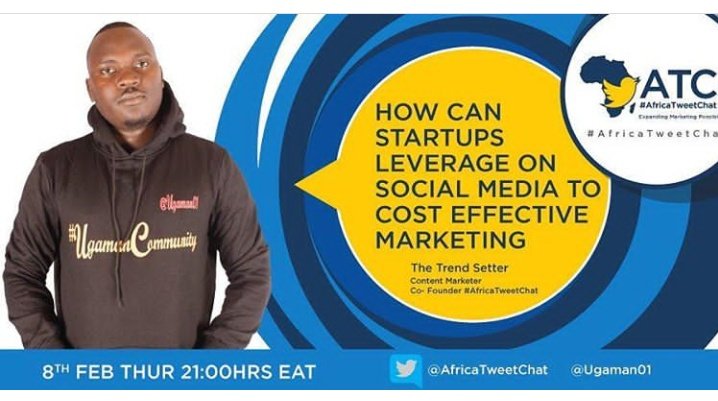My experience so far: Mapping is not an easy trait to master, I doubt I will ever master it, but it has brought me value from day one.
I could not understand how he could give away something that had taken him years and years to put together.
It took me a long time to understand that he had actually spelled it out in plain sight, mastery takes time indeed.
Ben has started a Patreon to make Wardley Mapping more accessible and bring more people value by using it. patreon.com/learnwardleyma…
medium.com/wardleymaps/on…
For all people interested in finding their way but unable to read the book I strongly encourage you to join as it may help a lot.
Import businesses in US compete with companies based abroad providing goods in the same online marketplace.
Keep in mind that goods affected now are those in the left column starting with Chemicals. The Watches column is not affected yet.
Not easy as most people have inertia to move abroad because of things such as family and mortgage.
Also, in the current political landscape the risk of a reversal of the tariffs that justified the new production line is highly possible.
What does the Author conclude with?
If you are an US importer competing with the Duty-free segment on Tariffed goods, consider shutting down or moving abroad to copy the competition.
Companies in other countries with existing competing production lines to those in China will benefit. If Tariffs expand to other products this will of course increase.
Companies building alternative production lines is unlikely yet.
I hope it can be useful as an example of mapping, love to hear any feedback.









